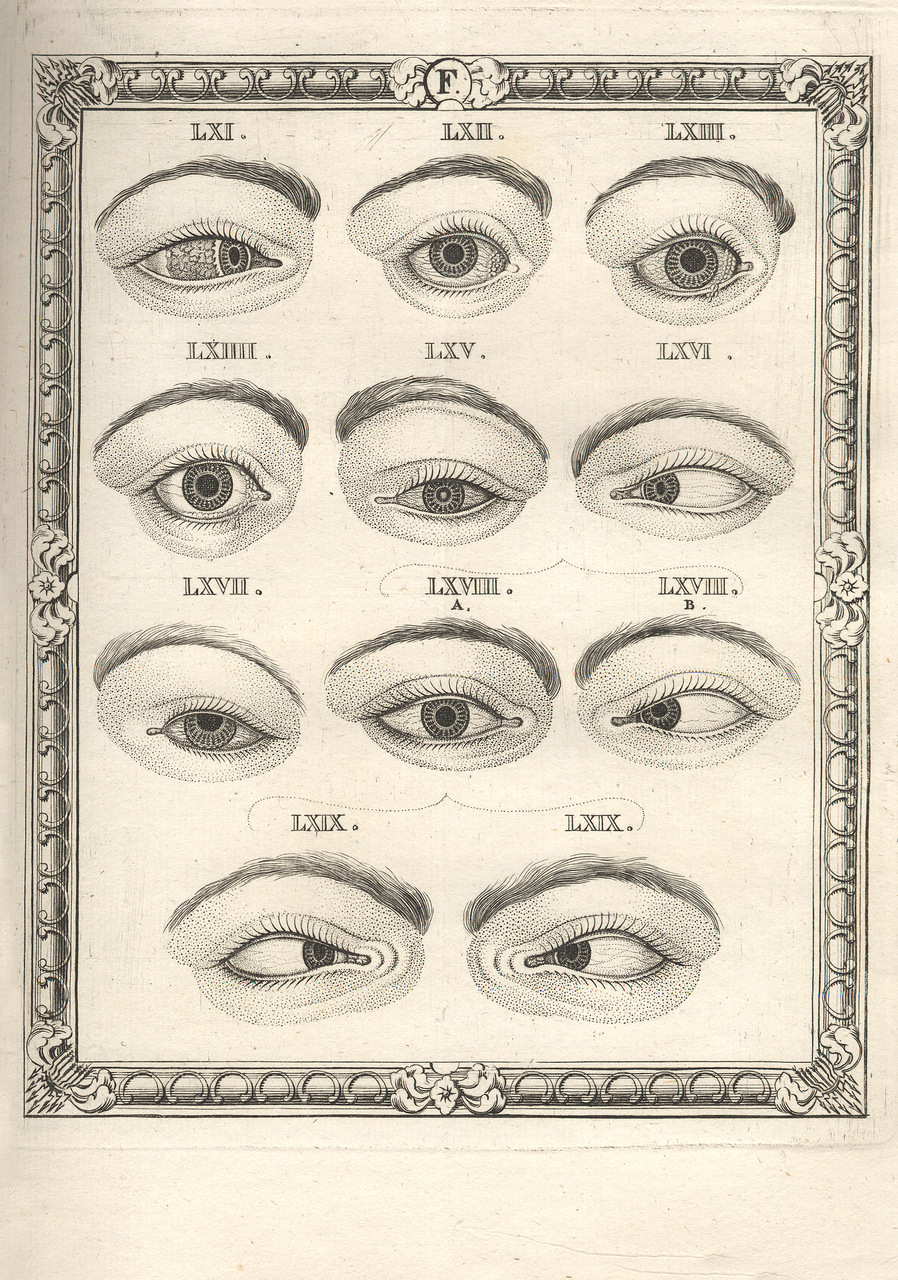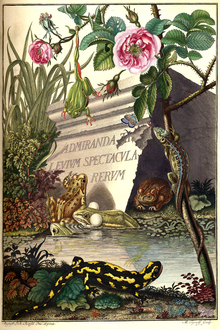Browse by category
- Subject
- Abstract
- Africa
- Amputation
- Anatomy
- Animal
- Animals
- Art nouveau
- Baby
- Beast
- Beasts
- Biology
- Birds
- Blood circulation
- Body
- Botany
- Breasts
- Cataract
- Chemistry
- Colourful
- Colours
- Corpse
- Dentistry
- Dermatology
- Disease
- Diseases
- Dissection
- Epilepsy
- Evolution
- Expressions
- Eye
- Eye diseases
- Eyes
- Faces
- Fashion
- Female breast
- Fishes
- Flowers
- Fly
- Frog
- Fruit
- Fundus
- Graphic
- Head
- Hearing organs
- Herbal
- Hermaphrodite
- Histology
- Human body
- Hysteria
- Impressionism
- Injured soldier
- Injuries
- Insane
- Insect
- Insects
- Lithotomy
- Lymphatic vessels
- Magic
- Marine organisms
- Medical examination
- Medical plants
- Medicine
- Microscopy
- Middle ages
- Midwifery
- Monster
- Muscle manikin
- Museum
- Mushrooms
- Nerve cells
- Neurology
- Nipples
- Nobel prize
- North america
- Nuts
- Obstetrics
- Odontology
- Ophtalmology
- Ophtalmoscope
- Optics
- Organic
- Orthopedics
- Pancreas
- Pathology
- Patient
- Pharmacy
- Physician
- Physiognomy
- Physiology
- Physionomy
- Plants
- Poisoness
- Polyp
- Pop-up pictures
- Portraits
- Prothesis
- Psychiatry
- Psychology
- Renaissance
- Skeleton
- Skin diseases
- Surgery
- Swedish flora
- Tattoo
- Teeth
- Teratology
- Trees
- Us civil war
- Vaccination
- Vocal organs
- War
- Zoology
- Emotion
- Absurd
- Amazing
- Amusing
- Artistic
- Beautiful
- Charming
- Colourful
- Dramatic
- Elegant
- Fanciful
- Fantasy
- Fascinating
- Funny
- Horrid
- Humorous
- Indecent
- Instructive
- Interesting
- Marvellous
- Masterpiece
- Morbid
- Old-fashioned
- Painful
- Remarkable
- Scary
- Spectacular
- Strange
- Superb
- Surrealistic
- Unattractive
- Unique
+ Show all

Eyes
-
Nova nosographia ophthalmica: hoc est accurata recensio ducentorum et quadraginta trium affectuum, qui oculum humanum partesque vicinas ullo modo lædere aut ipsum visum adimere possunt. Iconibus artificiosissime sculptis et coloribus ad vivum expressis incredibili accuratione illustrata.
Hamburgi et Lipsiæ, impensis hæredum Grund & Holle, 1766. - Show book - Author: TAYLOR, John (1703-1772)
- First edition of one of Taylor’s most magnificent works. Some copies have the plates coloured by hand. Latin and German text in double columns with descriptions of 243 diseases, to which the eye and its coverings are exposed, all of which are illustrated by images on the plates. John Taylor, commonly known as the “Chevalier”, was a notorious itinerant oculist. He studied under Cheselden and spent most of his life traveling throughout Europe and even into Asia, couching cataracts (often with disastrous results) and selling his miraculous ointments and eye washes. Chevalier Taylor’s false and bombastic claims, his surgical blunders, and his shameless pursuit of money earned him the loathing of honest ophthalmologists. Taylor had translators produce versions of his English works in a number of languages, for publication in the countries where he was sojourning. Traveling in a coach painted with the symbol of an eye and the motto (in Latin) “to give sight is to give life”, Taylor toured the cities and courts of Europe, lecturing, partying and charging enormous fees. More learned than other itinerants, he was probably not more skilled. He treated the historian Gibbon successfully for cataract, but failed so badly with Bach that it is argued that he brought the composer’s life to an earlier end than would have been the case without his treatment. Taylor was the first surgeon supposedly to attempt operations for squint. The Chevalier suggested strabotomy in 1738, but in actuality he only pretended to perform the procedure. Instead Taylor cut the conjunctiva and bandaged the other eye, after which the abnormal muscles behaved and Taylor left town quickly. In 1741 “the greatest charlatan among all oculists who ever lived” (Beer) appeared in Rouen and was treated to a splendid lunch by the skilful French surgeon Le Cat. When the desert dish was uncovered it proved to contain a human skull in which the nerves to the extraocular muscles were dissected demonstrating conclusively that none could have been excised by Taylor’s method. The charlatan was annihilated and within four days his reputation was ruined (see copperplate in Le Cat).























